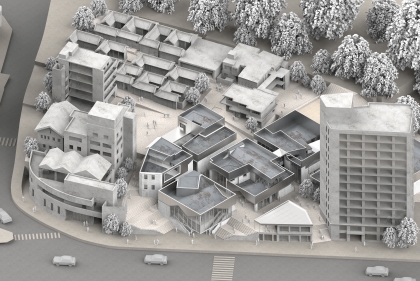Mixed Media Animation (FNAR1050)
Mixed Media Animation is a contemporary survey of stop-motion animation concepts and techniques. Students use digital SLR cameras, scanners and digital compositing software to produce works in hand-drawn animation, puppet and clay animation, sand animation, and multiplane collage animation. Screenings and discussions in the course introduce key historical examples of animation demonstrating how these techniques have been used in meaningful ways. Students then learn how to composite two or more of these methods with matte painting, computer animation or video.
